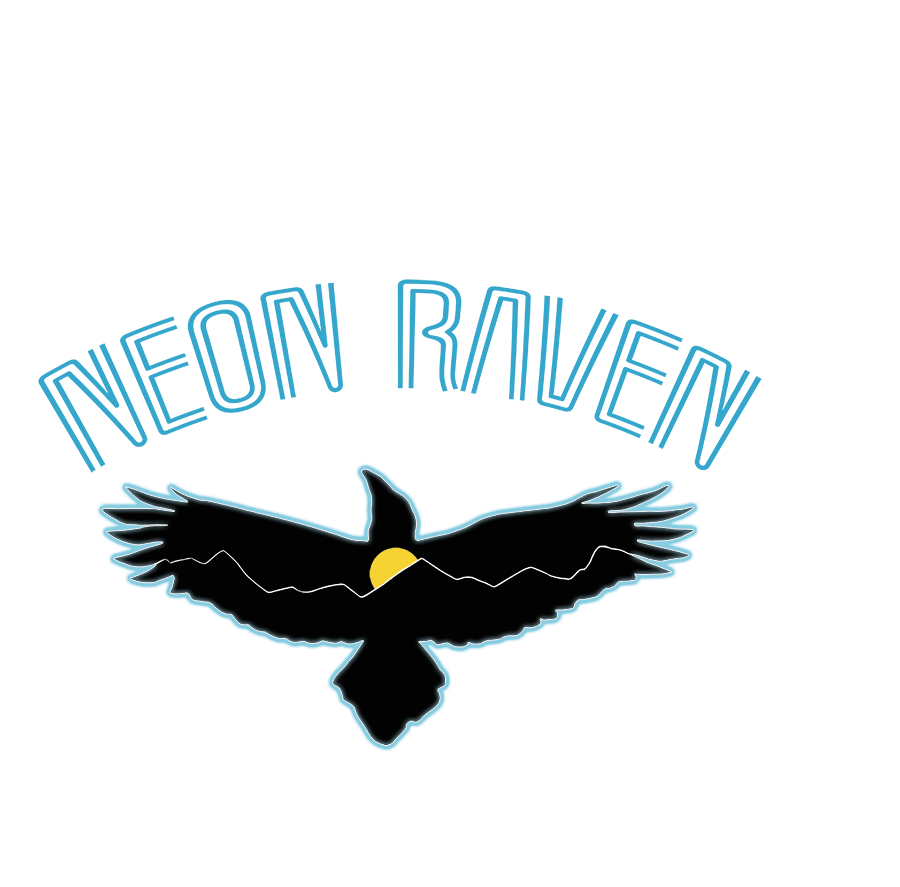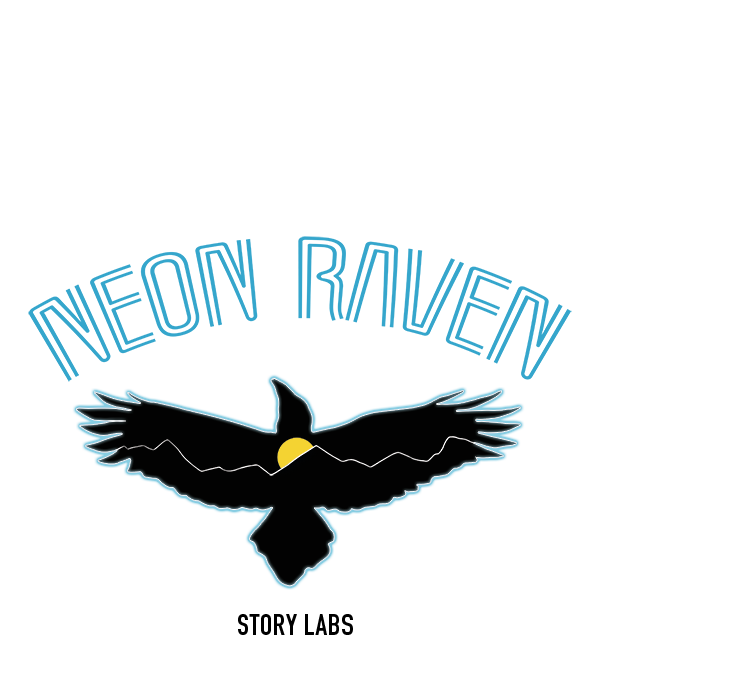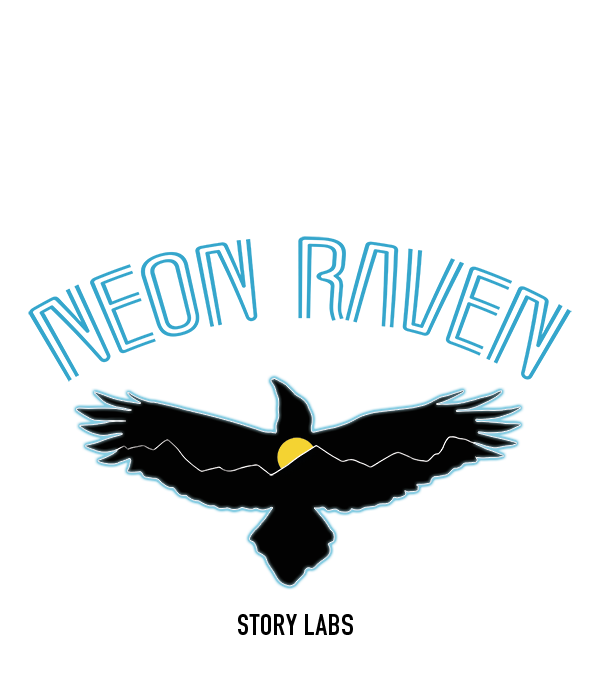
6 Things to Think About Before Starting a Project
Last fall, I was so excited because I had a month at home and had just wrapped a big year-long project with the film Deer 139. I would finally have time to think about what I would work on if I could choose anything, absolutely any subject at all. I nestled in with my coffee, a table stacked with notebooks and pens. Opened my laptop. Looked at the Google search bar. And stared. The world was full of everything and nothing.
There are few things as exciting and intimidating as the thought of beginning a new project. They represent a world of unlimited opportunity. It’s where we can feel our most creative and optimistic. Any subject is yours to pursue and no one has put any rules on what you can do. While all of that is well and good, what comes next can easily leave you feeling overwhelmed, rudderless or with a sense of paralysis over what step to take next.
So, to help you (and me) break out of paralysis, or even if you’ve already surpassed that hurdle of deciding on a topic, I thought I’d share a few of my rules for sussing out and approaching a new project.
What kinds of conservation issues get you worked up?
I remember several years ago stumbling across a scientific paper that indicated an adorable creature called the Pacific fisher was being poisoned. This was happening out in national forest and park lands. The culprit appeared to be related to drug cartel activity. This was madness! How could we allow it? Why weren’t we all talking about this?

There is something to be said for the knee jerk reaction. It’s a kind of natural filter. When the world is full of worthy topics in need of coverage, it’s important to pay attention to the things that instill this kind of reaction from you. You don’t need to necessarily understand why you feel that way, or where it comes from. You can explore that later. But you should pay attention to it because whatever project you pursue is going to take time and resources, move you through a lot of ups and downs, and you’re going to need that well of deep connection and passion to carry you through.
It took me a little while to work up the courage to pursue that Pacific fisher project, now known as Trespass. But it has since led to a more than five-year endeavor that has now taken this issue to an international stage, contributed to conservation efforts, and established long-running collaborations and friendships of which I could only have dreamt.
Mind the gaps.
OK, so you’ve identified something that taps into your obsessive tendencies. Now before you go all in on a subject, take a look around.

I know I’ve just waxed poetic about how important it is to listen to that voice that lives somewhere deep inside when it comes to choosing a subject. You need that passion. But we don’t want to be reckless when it comes to implementing an idea, or get too attached to something only to find out there are already heaps of people working on it.
Take the animal, landscape or topic you’ve chosen and conduct a quick search for photography and stories on the subject. Is there a photographer or multiple photographers that have made this their flagship project? Have major news and magazine outlets recently published stories on the subject, like within the last three years? What is the quality of photography on the sites of organizations that are working on it? What is novel about how you would approach the subject? If it looks well covered, you may want to go back and think about what other ideas had grabbed your attention, but weren’t your top choice. Or go straight back to the drawing board and look at it as an opportunity to learn about something new, now that you may have gotten past the first and most obvious, and perhaps cliche, choice.

When I embarked on one of my first conservation projects I set some parameters that really helped in the decision making process. I knew I wanted to cover an endangered species that was charismatic enough to appeal to the masses, but was undercovered in the media. I also wanted it to raise questions about how we live with wildlife. I began searching through different sites like the Smithsonian Institution and Nature Conservancy at their research programs. That’s when I stumbled across the fishing cat. I had never heard of it before. And when I searched the scientific literature, only a few papers came up. I reached out to one of the only researchers on Earth studying the cat, and I reached out to some editors to gauge interest. I received positive responses from both. And so an idea was born.
After you’ve picked a subject, do an exhaustive search for news stories. Pay attention to dates and length of story. Research any photographers attached to images used in stories to make sure this isn’t one of their flagship projects.
– Quick Guide
What’s your timeline?
Is this a project you hope to have done after one or two shooting trips? Do you want this to be finished in a year? Or are you OK with the slow burn?

I think these are especially important questions to answer that will help you determine the scope of your project and how many resources you need to secure to get started. These are also questions that will impact the effectiveness of the conservation side of your conservation photography project.
On one hand, looking at timeline allows you to adjust a project for your life setup. A lot of us have to work on our projects while juggling a day job, or balancing family life. But another aspect of timeline is thinking about major events that could be important to your subject. Is there an important anniversary coming up, such as the 25th anniversary of wolf introductions in Yellowstone? Will there likely be a big legislative ruling, or protection decision in the next year? These things not only help you scale a project to meet those deadlines, but serve as indicators that your subject may have special appeal to funders, partner organizations or media outlets.
How much are you willing to invest?
Sadly, unless you land an assignment, it’s rare for a project to start out with funding. And even for grants, lots of applications want some imagery that shows what you’re going to attempt. Now, many applications give the option of showing other work that you’ve completed on other subjects, but I approach proposals with the expectation that other applicants will be providing work from the project they are trying to get funded. So if I want to truly be competitive in the consideration process, I should have some imagery from the project I’m proposing. It’s also a good way to test out concepts or what you may be able to photograph.
That means that in all likelihood, I’m going to need to self-fund at least an initial effort. You can make this more affordable by working locally, deciding to fund one exploratory trip or slowing down your timeline into more financially palatable pieces.
For instance, with Trespass, I budgeted out enough money to make a ten-day trip out to California to photograph some of the Pacific fisher research, visit some reclaimed marijuana grow sites and build relationships. I used that imagery to help with a grant application, which I subsequently won. Since then, I’ve been able to continue cobbling together funds as the project continues to grow and evolve, and eventually I did earn some money back on publishing images that covered that initial investment.
What would you like to produce?
Having an idea for what you’d like to produce will help with so many aspects of the project overall. Your products determine how long the project will take, how much it will cost, who might be reached, who your partners could be, and the potential effectiveness of your whole endeavor.
So often, photographers approach scientists, nonprofits and business with this idea of producing imagery for a campaign or subject of interest to them. But this is a difficult thing for those potential partners to value. Often they think they could, or should, get images for free, or close to free. They might think photography is easy. They could just have someone on staff snap some photos while doing their other work, etc.
But something shifts in their minds when you come to them with a product. Suddenly you’re going from ingredients to finished package. This is when potential partners can more easily grasp a concept of the labor, expertise, strategy and staff time they would otherwise have to allot in order to deliver a completed project.
Who’s your audience?

I’ve mentioned this last, but this should probably be up there right after you’ve landed on your idea. Deciding your audience will direct so much about what you attempt to do next. Because at the end of the day, we want our conservation projects to be effective. We are trying to affect change, raise awareness and combat bad habits.
Knowing who you are trying to reach, what drives them, their values and concerns will be an important factor in how to tailor your approach. Knowing who you are addressing will determine the tone of your project as well as what specific products or distribution effort you will pursue.
Yes, you want to bring your identity, style and artistic vision to your project, but at least when it comes to conservation photography, you’re not doing this project for yourself. That means taking into consideration the experience that your viewers will have. Are you creating an invitation, or solely interested in pointing fingers? Can you somehow do both?

With Deer 139, we wanted to engage the adventure community in investing more in a land ethic, rather than straight up recreation. We also wanted to acknowledge the roles that we play in impacting mule deer migration, while not demonizing entire groups of people. For instance, in one of my favorite parts of the film after watching the team try to suss out how to get over a barbwire fence, Sam Dwinnell, the biologist laughs and says, “well yeah, the fences are a pain in the ass. That’s pretty apparent.”
What follows is a montage of fence crawling, that includes twerking, getting stuck, the carcass of an unlucky deer crossing, but we also take note of how some ranchers will lay down sections of fence during migration. It acknowledges the good, bad and funny of the situation as we navigate an enormous number of fences in a single valley.
Each project will require different approaches and emotional engagement, but whatever you decide, remember we want to make impact, but we want to make the right kind of impact, so that people remain open to doing something to help.
And there you have it. With these six things in mind, you should be able to get off on a good start for your projects, and hopefully make the process of deciding feel a little easier to accomplish.
So, what projects are you working on? What are you struggling with with regards to embarking on a project? Neon Raven would love to hear from you. And your comments may help guide future posts.
Extra Credit:
Join Me For a Project!

Nothing proves you can be a conservation photographer like completing a real life project! If you’d like to gain solid experience in that, join Wild Idea Lab’s Jaymi Heimbuch and I in our Conservation Storytelling Workshop August 31 – Sept. 6, 2020, in Astoria, Oregon.
In a week, you’ll complete an actual conservation project for a client, while exploring the beautiful and iconic Oregon Coast!
Who you’ll be helping: You mean besides yourself? We’re working with the Wildlife Center of the North Coast. The wildlife center rescues and rehabilitates a wide array of animals that call this region home. You’ll get to spend time in close proximity to incredible wildlife and help a wonderful organization with their tireless efforts. Learn more on Jaymi’s website, and also subscribe to her podcast, Impact: The Conservation Photography podcast. It’s seriously bingeable.
Only 4 spots left!









Dawn Wilson
Fantastic info, Morgan. This brings up several points and ideas I have struggled with on two projects I am currently working on producing: one a short turnaround, the second a six-year project.. Funding is always a challenge and sometimes I think showing you were willing to invest your own funds communicates your initiative, passion and dedication to the project. On my longer project, I may reach out to you to flush out some ideas as I would like to include video and that isn’t a core value in my business. Wish I could join your workshop but I’ll be in Alaska working more on the shorter project. Thank you again for sharing.
admin
Thank you so much, Dawn! Yes, the approaches can be so different based on duration of the project, and then figuring out how to make forward movement without being completely hobbled by financing is a real challenge. Sounds like you have more than a good reason for missing our workshop ;). I look forward to hearing about it. And we’ll hold more trainings!